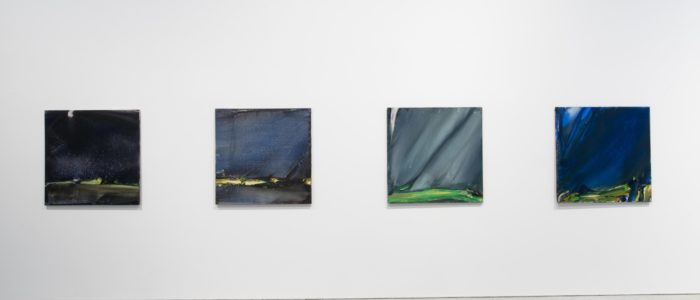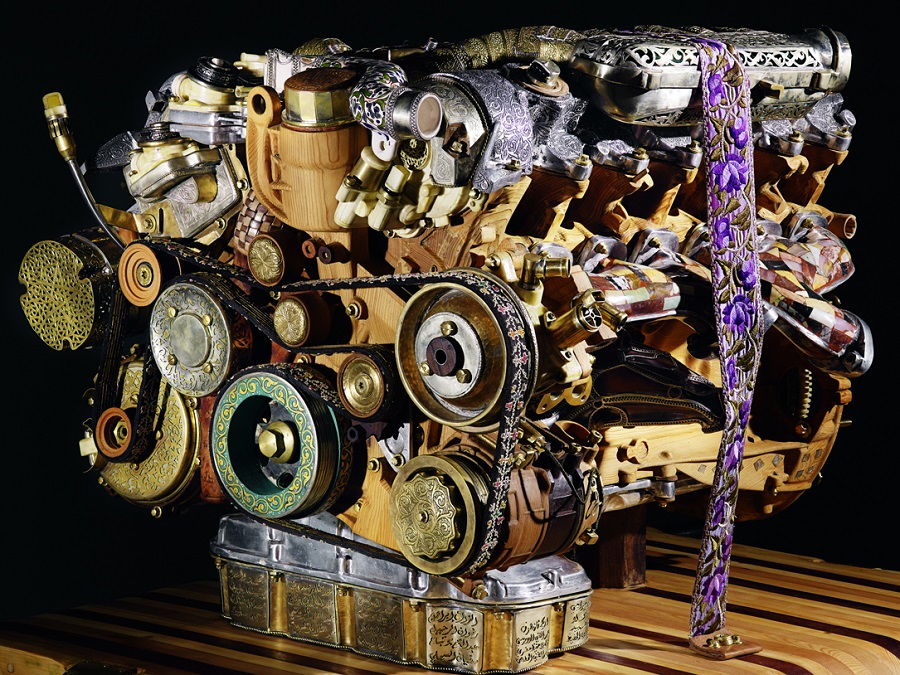exhibition « Retrospectare Humanum Est »
21 june to 28 september 2014
The CCC presents the new solo exhibition of Michel Verjux. The artist is using the format of a retrospective, revisiting the entirety of his prolific, dense output over more than thirty years. The exhibition is framed in the context of the continuing retrospectives mounted by the CCC for the last few years. The point of these exhibitions is not necessarily to be comprehensive or strictly chronological; they question the issue of the temporality of a work through a living project pursued by the artist.
The exhibition of Michel Verjux covers a collection of installations from 1983 to the present day, allowing us to meander, discovering and linking different moments in his work involving “illumination”. Here the artist is starting to constantly question the function of ‘exhibition/exposure´ which is a function of light, by linking the permanence of a single tool which is deliberately limited to the minimum required for the infinite variety of situations encountered and the works created.
Michel Verjux was born in Chalon-sur-Saône, Burgundy in1956. Appearing in the art world in the early 1980s, the work of Michel Verjux is shown in many museums and exhibition spaces in France and abroad, both internally and externally. It can also be seen in public commissions created by the artist as new permanent pieces.
After working in drawing and poetry (1968-1983), theatre (1976-1979), performance and multimedia installations (between 1979 and 1983), in 1983 as artist he devoted himself to the plastic arts.
He uses an intentionally simple visual language, reduced to the minimum condition of the existence and perception of a work of art: light – his preferred medium – playing with space, observation and the visitor journey. Michel Verjux considers that illuminating means exposing, so he works with the means of this ‘illumination’ on the method of projected light. Illumination becomes his sole visual tool.
His projections of framed, directed, focused white light cover the surfaces of the walls or other internal spaces (exhibition spaces, flats, etc.) or exterior architectural spaces. Projections can be regarded as simple images or geometric figures drawn in space, but for the artist they are also and above all clues that reveal a situation and the very symbol of the way the world is exposed to our eyes. Under projected light, exposure/exhibition link a moment in time, a context and an observer. Using an effect of dual designation, what is shown in the illuminations of Michel Verjux is both the action of lighting and the elements making up the exhibition onto which light is shone.
In 1983, in his first works where light is the medium used, slide projectors without images were used, requiring darkness. Michel Verjux then placed between the light source and the illuminated walls objects, ‘obstacles’ whose shadows create cut-outs in the light ‘matter’. From 1986, gradually the artist stops using these obstacles, with the walls becoming the sole receptor of light. At that time the artist also gradually stopped using the slide projector replacing it with a profile spot as used in shop windows, museums and performance spaces. This more effective hardware enables the artist to make work to be seen with the ambient light of spaces that are already filled with light. Now the work is able to interact with the space around it by integrating the quality and variations within natural or artificial light in the exhibition space. From the 1990s, the artist combined different kinds of lighting, enriching the infinite number of interactions between light and constantly changing architectural elements that are revealed thus. From this time onwards, he creates an increasing number of interventions in public spaces, especially in historic and heritage sites.
Many different developments and progressions are addressed in Michel Verjux’s exhibition at the CCC – Restrospectare humanum est » – by creating a dialogue between the historical pieces from 1983 and 1984 with recent work. As well as placing the light from the old slide projectors side by side with profile spots, and punctuating the space with many different cut-outs, openings and passages made of shadow and light, the exhibition also features a piece created in 1998 in collaboration with François Morellet.
This exhibition takes place in conjunction with the Kunstmuseum de Sankt-Gall (Switzerland).
Thanks go to: Françoise and Jean-Philippe Billarant, the galleries of Jean Brolly (Paris), Catherine Issert (Saint-Paul de Vence), A arte Studio Invernizzi (Milan) and Georges Verney-Carron (Lyon), Société Prestacles (Bonneuil-sur-Marne).











